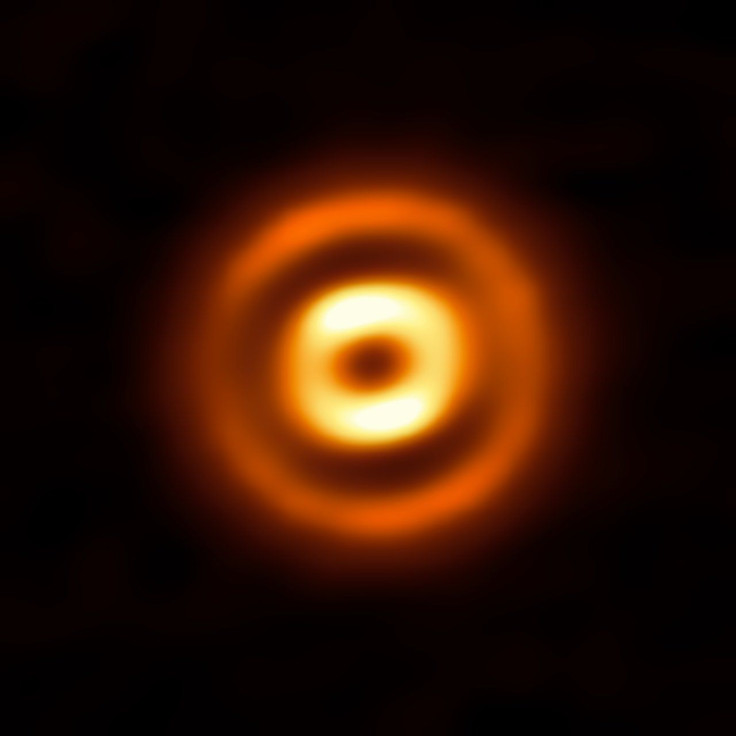How Do Planets Form? ALMA Reveals Signs Of Giant Protoplanets Around A Young Star 380 Light-Years From Earth

Over the years, astronomers have discovered and confirmed the existence of nearly 3,500 exoplanets, but there is one question that they still haven’t been able to answer satisfactorily — how exactly do planets form? Specifically, how do dust particles just a few micrometers in size aggregate to form gigantic planets thousands of miles in diameter?
Understandably, astronomers have devoted substantial time and effort in trying to answer this vexing and fundamental question by detecting and studying young stars surrounded by possible protoplanetary disks.
Read: Hubble Detects Signs Of A Young Exoplanet
On Monday, researchers associated with the European Southern Observatory’s Atacama Large Millimeter/submillimeter Array (ALMA) in Chile announced that they had carried out fresh observations of an isolated star HD 169142 located 380 light-years from Earth. The young star, which is a pre-main sequence object, is believed to have two protoplanets currently coalescing in orbit around it — giving the system its vivid and thick bands of dust separated by deep gaps.
“Optimised to study the cold gas and dust of systems like HD 169142, ALMA’s sharp eyes have revealed the structure of many infant solar systems with similar cavities and gaps,” ESO said in a statement accompanying the image of the star system. “A variety of theories have been proposed to explain them — such as turbulence caused by magnetorotational instability, or the fusing of dust grains — but the most plausible explanation is that these pronounced gaps were carved out by giant protoplanets.”
According to a study based on the observations — published Monday in the journal Astronomy and Astrophysics — the ALMA observations reveal well-defined bands and orbital structures that one would expect to see if two giant planets were shaping the dust distribution.
“Simulations show that the formation of dust traps is due to a combination of three main parameters: planetary mass, disk viscosity, and dust fragmentation velocity. In particular, the trap is easily formed for a high planetary mass and/or a low disk viscosity,” the authors of the study wrote in the paper. “In the case of HD 169142, the lack of dust continuum emission inside the dust cavity and in the outer gap suggests very efficient dust trapping by means of two giant planets.”
The inner planet is estimated to have be either slightly less massive than Jupiter, while the outer one may be up to 10 times as massive as the gas giant — an estimate that is in line with other optical and infrared studies of the star system.
© Copyright IBTimes 2024. All rights reserved.






















